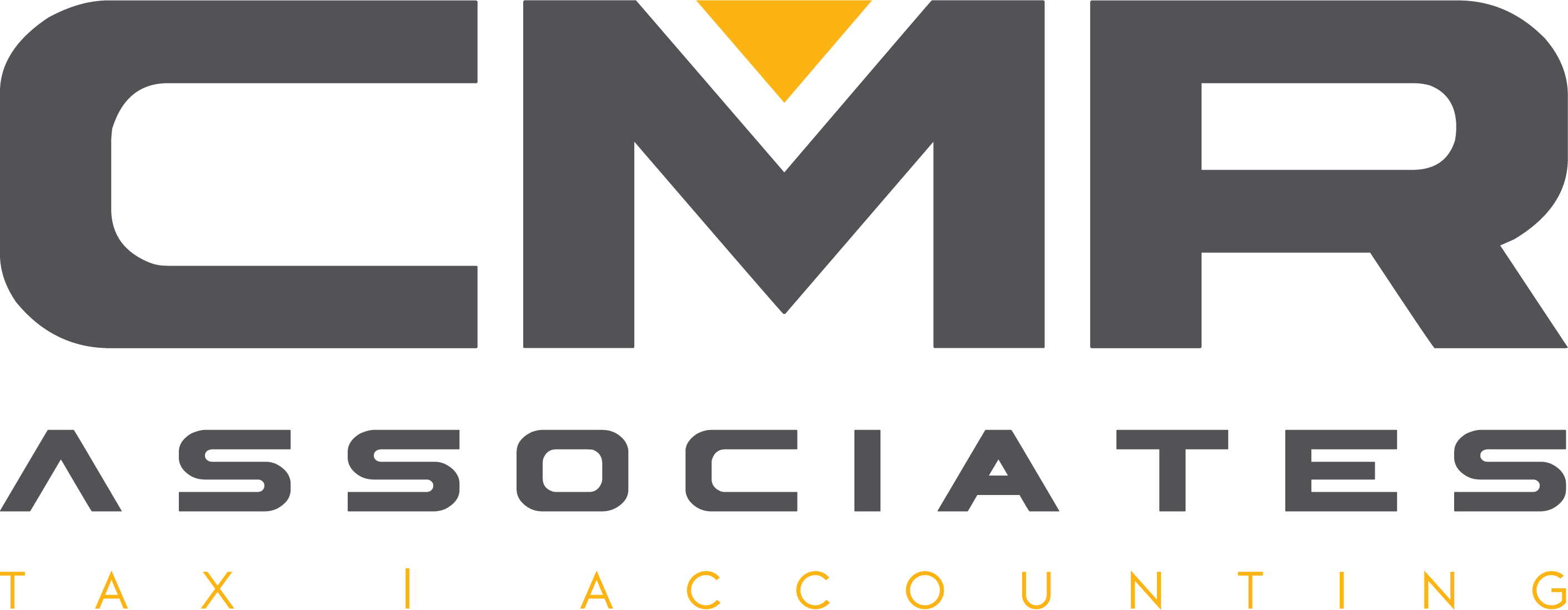Saving tax on restricted stock awards with the Sec. 83(b) election
Today many employees receive stock-based compensation from their employer as part of their compensation and benefits package. The tax consequences of such compensation can be complex — subject to ordinary-income, capital gains, employment and other taxes. But if you receive restricted stock awards, you might have a tax-saving opportunity in the form of the Section 83(b) election.
Convert ordinary income to long-term capital gains
Restricted stock is stock your employer grants you subject to a substantial risk of forfeiture. Income recognition is normally deferred until the stock is no longer subject to that risk (that is, it’s vested) or you sell it.
At that time, you pay taxes on the stock’s fair market value (FMV) at your ordinary-income rate. The FMV will be considered FICA income, so it also could trigger or increase your exposure to the additional 0.9% Medicare tax.
But you can instead make a Sec. 83(b) election to recognize ordinary income when you receive the stock. This election, which you must make within 30 days after receiving the stock, allows you to convert future appreciation from ordinary income to long-term capital gains income and defer it until the stock is sold.
The Sec. 83(b) election can be beneficial if the income at the grant date is negligible or the stock is likely to appreciate significantly. With ordinary-income rates now especially low under the Tax Cuts and Jobs Act (TCJA), it might be a good time to recognize such income.
Weigh the potential disadvantages
There are some potential disadvantages, however:
- You must prepay tax in the current year — which also could push you into a higher income tax bracket or trigger or increase the additional 0.9% Medicare tax. But if your company is in the earlier stages of development, the income recognized may be relatively small.
- Any taxes you pay because of the election can’t be refunded if you eventually forfeit the stock or sell it at a decreased value. However, you’d have a capital loss in those situations.
- When you sell the shares, any gain will be included in net investment income and could trigger or increase your liability for the 3.8% net investment income tax.
It’s complicated
As you can see, tax planning for restricted stock is complicated. Let us know if you’ve recently been awarded restricted stock or expect to be awarded such stock this year. We can help you determine whether the Sec. 83(b) election makes sense in your specific situation.





